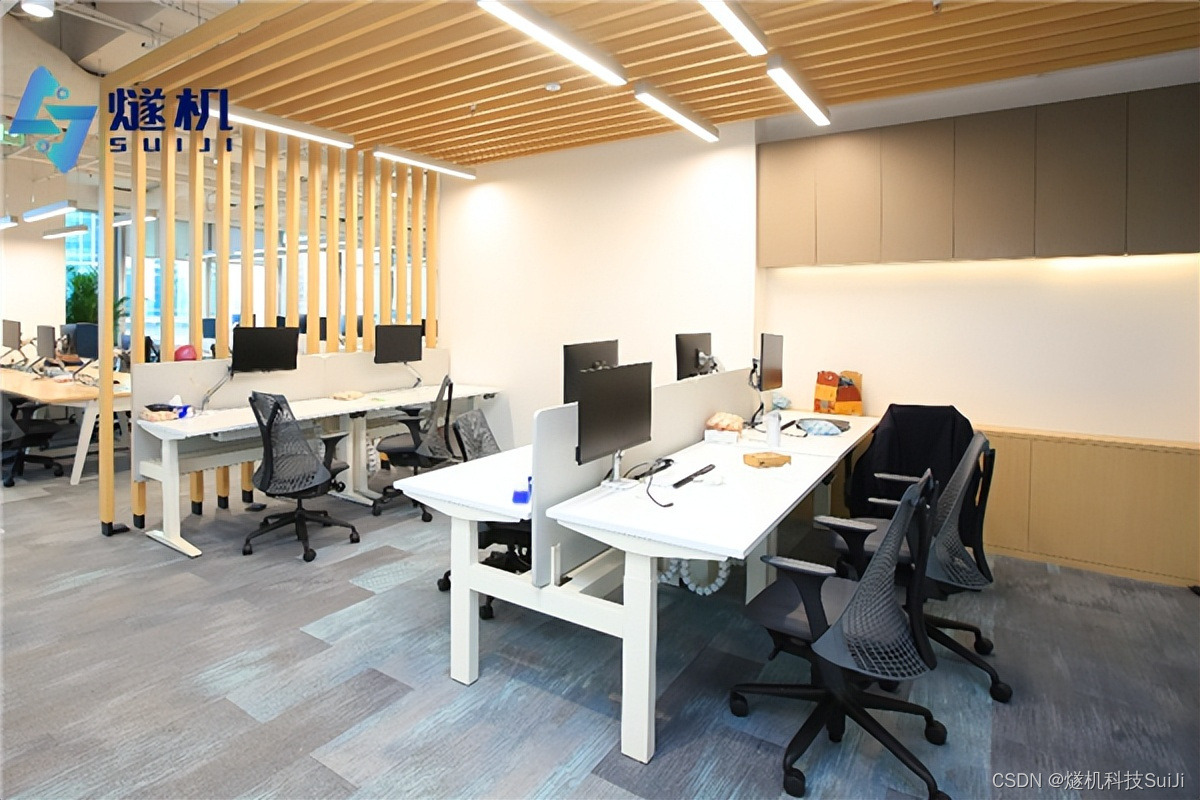监控脱岗离岗行为检测系统根据AI机器视觉分析,监控脱岗离岗行为检测系统全天候不间断对监控视频图像开展识别和剖析,对企业的某些固定工位离岗、脱岗情况进行识别检测报警提醒。监控脱岗离岗行为检测系统使用场景包含:酒店迎宾离岗检测、宾馆前台离岗检测、保安离岗检测、工厂生产线工作人员离岗检测、监控指挥中心工作人员离岗检测等,避免因离岗导致财产损失或安全事故,减少人力资源管理节省成本。
YOLOv5中在训练模型阶段仍然使用了Mosaic数据增强方法,该算法是在CutMix数据增强方法的基础上改进而来的。CutMix仅仅利用了两张图片进行拼接,而Mosaic数据增强方法则采用了4张图片,并且按照随机缩放、随机裁剪和随机排布的方式进行拼接而成。这种增强方法可以将几张图片组合成一张,这样不仅可以丰富数据集的同时极大的提升网络的训练速度,而且可以降低模型的内存需求。
在YOLO系列算法中,针对不同的数据集,都需要设定特定长宽的锚点框。在网络训练阶段,模型在初始锚点框的基础上输出对应的预测框,计算其与GT框之间的差距,并执行反向更新操作,从而更新整个网络的参数,因此设定初始锚点框也是比较关键的一环。在YOLOv3和YOLOv4检测算法中,训练不同的数据集时,都是通过单独的程序运行来获得初始锚点框。YOLOv5中将此功能嵌入到代码中,每次训练时,根据数据集的名称自适应的计算出最佳的锚点框,用户可以根据自己的需求将功能关闭或者打开,具体的指令为parser.add_argument(‘–noautoanchor’, action=‘store_ true’, help=‘disable autoanchor check’),如果需要打开,只需要在训练代码时增加–noautoanch or选项即可。

监控脱岗离岗行为检测系统主要运用于施工工地、工厂等需要加强监督的场所。依据计算机视觉分析的技术和现场监控摄像头相互配合,监控脱岗离岗行为检测系统对在工作期间离岗的情况进行监管。一旦监控区域工作员发觉离岗状况,系统将现场图片拍摄并发送给相对应管理人员的移动终端。
离岗检测鉴别预警信息系统、值班室人员睡岗预警系统、工作人员未在座位检测识别摄像头、企业办公室人员离岗检测拍摄预警信息系统、,监控室人员未在岗位检测识别摄像头、走廊消防通道堵塞预警信息系统、安全消防监控室离岗检测预警提醒监控监控摄像头。





















 3239
3239











 被折叠的 条评论
为什么被折叠?
被折叠的 条评论
为什么被折叠?








